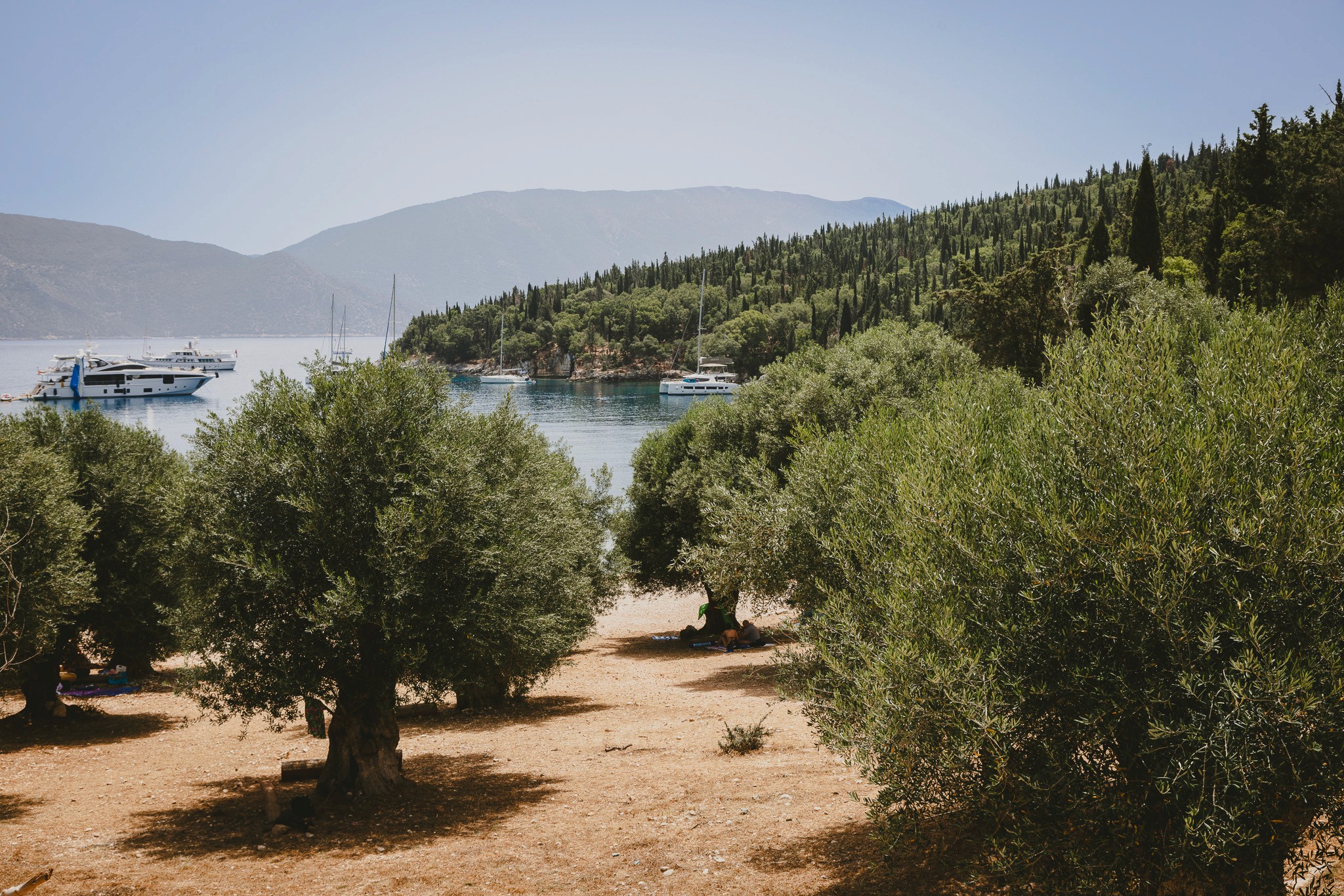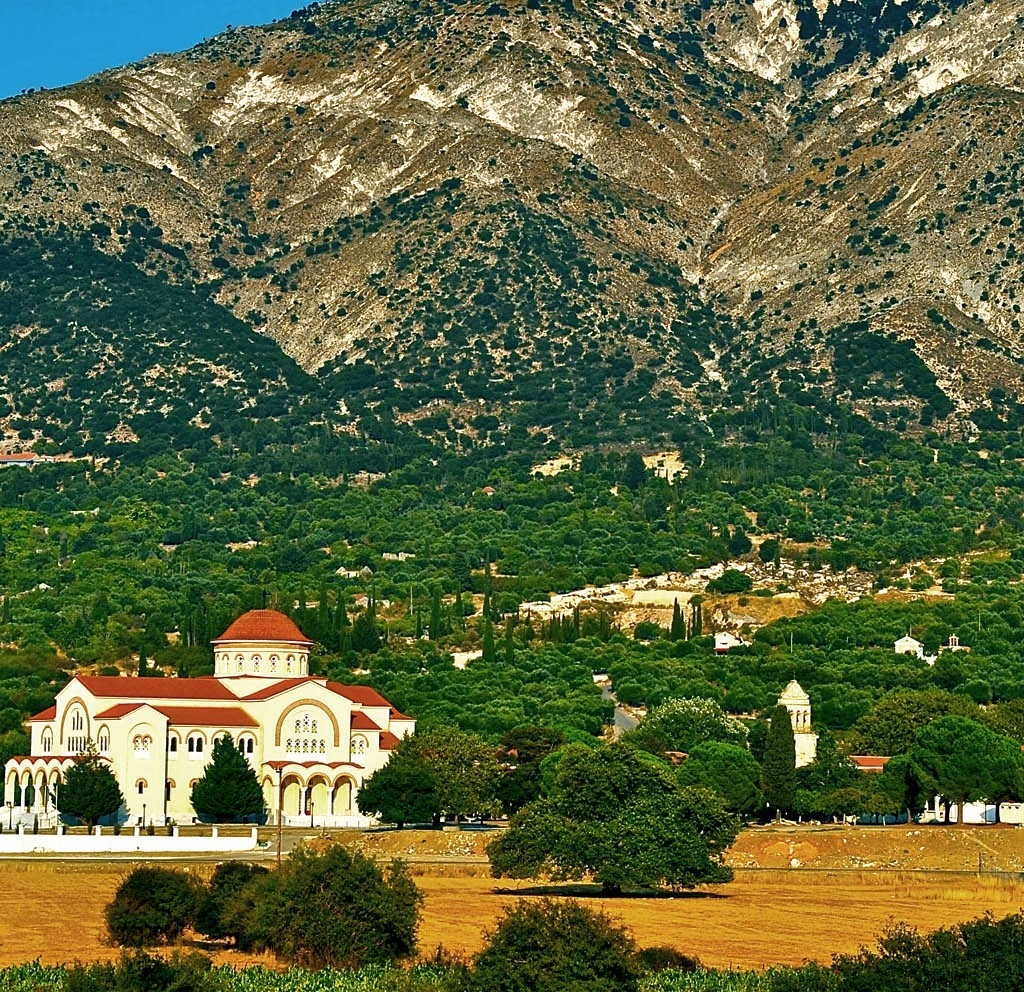Kefalonia or Cephalonia: What's the Difference?
Foki Beach (Near Fiskardo, Kefalonia)
If you’ve ever searched for information about the largest of Greece’s Ionian Islands, you may have encountered two different spellings for the same place: Kefalonia and Cephalonia. At first glance, this might seem confusing, but both names refer to the same stunning destination known for its turquoise waters, dramatic cliffs, and charming villages.
In this blog post, we’ll explore the origins of these two names, why they’re used interchangeably, and how they reflect the rich cultural history of this breathtaking island. Whether you’re planning your trip to Kefalonia or Cephalonia, you’re in the right place!
The Origins of the Names
The dual spellings stem from linguistic differences over time and between regions.
Kefalonia:
"Kefalonia" (or "Kefallonia") is closer to the Greek spelling and pronunciation (Κεφαλονιά). Modern Greek commonly uses this version, making it the preferred spelling in Greece.
Cephalonia:
"Cephalonia" reflects the Latinised form of the name, historically used in English and other Western European languages. This spelling became popular through literature, history books, and early travel writing.
Both names have their roots in the ancient Greek word “Kefalos,” meaning "head," possibly referring to the island’s shape or its mythological association with Cephalus, a hero in Greek mythology.
Why Are Both Spellings Used Today?
The dual usage of "Kefalonia" and "Cephalonia" persists due to a mix of cultural, historical, and linguistic influences:
Modern Usage: "Kefalonia" is the official name used in Greece today. You’ll see it on road signs, maps, and local websites.
Historical Legacy: "Cephalonia" has been widely used in Western literature and media, such as in works by authors like Louis de Bernières, whose novel Captain Corelli’s Mandolin brought the island to international fame.
Tourism: English-speaking visitors and travel agencies often use "Cephalonia," catering to those who may be more familiar with the Latinised version.
Travel Tips for Visitors
Whether you search for flights, accommodations, or activities using "Kefalonia" or "Cephalonia," you’ll find the same island paradise waiting for you. To ensure your travel plans run smoothly, here are some practical tips:
Search Smart: When booking, try searching for both "Kefalonia" and "Cephalonia" to cover all your bases. Some websites may only use one spelling.
Consistent Communication: If you’re corresponding with locals or Greek-based services, use "Kefalonia" to match their preference.
Embrace the Duality: Don’t stress about the spelling! The island’s beauty transcends any linguistic differences.
A Rich Island History
The interchangeable use of Kefalonia and Cephalonia is just one example of how the island bridges ancient traditions and modern tourism. From the Venetian influences seen in the island’s architecture to its vibrant Greek culture, Kefalonia/Cephalonia is a melting pot of stories and experiences.
For travellers, this dual identity only adds to the island’s charm. Whether you’re relaxing on Myrtos Beach, exploring the Drogarati Cave, or savouring local wines in a seaside taverna, the name you choose to call the island won’t matter. What matters is the unforgettable memories you’ll create.
Conclusion
So, is it "Kefalonia" or "Cephalonia"? The answer is simple: it’s both! These two names are a testament to the island’s rich linguistic and cultural heritage. As you plan your trip to this Ionian gem, rest assured that no matter what spelling you use, you’re in for an unforgettable experience.
At Villa Minos, we welcome visitors from around the globe to experience the beauty of Kefalonia (Cephalonia). Explore our luxury accommodation and start planning your perfect getaway today!
Ready to book your stay? Contact us now to secure your spot in paradise.





